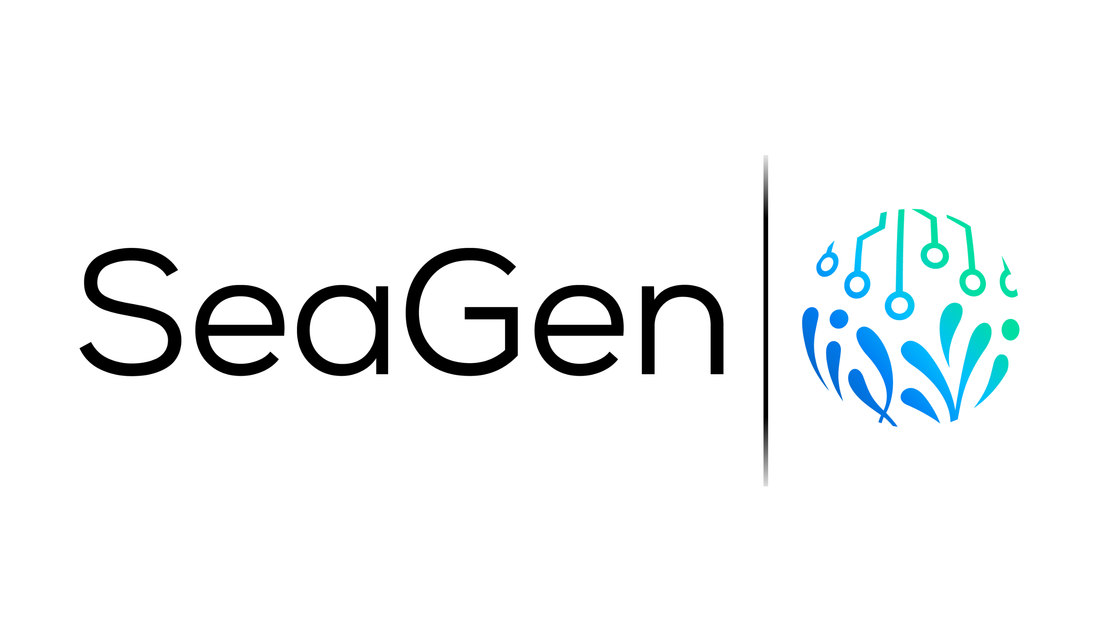SeaGen, a novel company and initiative, aims to sequester carbon through an innovative approach: sinking seaweed. The potential of seaweed as a powerful carbon sink via photosynthesis cannot be overstated. It grows faster than trees, and by submerging it below certain depths in the ocean, it results in effectively permanent removal. Additionally, SeaGen's efforts extend beyond carbon sequestration as they strive to combat the detrimental effects of invasive Sargassum seaweed on coastal communities and marine ecosystems.
As part of our five criteria for high quality carbon credits, this qualitative self-evaluation examines the measurability and durability of their approach, respect for the environment, co-benefits, and alignment with the needs of local communities.
- Measurably sequester CO₂: Seaweed has been shown to sequester carbon via photosynthesis at a rate of up to 10 times faster than trees, meaning SeaGen's efforts to sink it could potentially sequester a significant amount of CO₂. Sinking Sargassum below 135 meters deep in the ocean causes it to become negatively buoyant [source], meaning the calculation of seaweed sunk to carbon sequestered is relatively simple [source].
- Durability and co-benefits: Invasive Sargassum seaweed is a scourge on coastal communities when it washes ashore where it releases fumes that are toxic to people and animals. Additionally, it can smother coral reefs and disrupt the water’s pH balance. By sinking Sargassum before it reaches shores, it can sequester carbon with a durability of over 100 years [source] with the co-benefits of cleaner, healthier coastlines and regulating ocean pH via deacidification [source].
- Additionality (wouldn't have happened without human intervention): Seaweed naturally grows in the ocean, but it often ends up washed up along coastlines where it decomposes and releases any CO₂ it captured. SeaGen's intervention is to sink the seaweed instead [deeper dive], therefore it is additional.
- Respect land, water, and biodiversity: Seaweed can be grown in open ocean environments, which means that it does not require land or freshwater. This makes it a sustainable option for carbon sequestration. SeaGen states in a blog post, “It’s really important to us that what we do doesn’t cause harm in any way” [source] which is why they have a monitoring system in place to detect any potential harms [source]. Given that Sargassum is an invasive species, sinking it acts as a way of protecting existing coastal blue carbon habitats [source].
- Align with the needs of local communities: No one wants to breathe in toxic fumes from invasive rotting seaweed washed up along the shore. SeaGen is working to develop partnerships with local communities to ensure that their removal efforts benefit everyone involved. They convened with the community during an outreach session in Antigua to talk through plans and encourage broader conversation. According to SeaGen, it was abundantly clear that the economic, environmental, and human suffering that Sargassum causes is something the community is keen to explore solutions to.
Overall, SeaGen's efforts appear to be promising. Their innovative strategy of sinking seaweed emerges as a solution to the global challenge of carbon dioxide removal. Moreover, SeaGen's commitment to respecting land, water, and biodiversity through regular monitoring systems exemplifies their dedication to minimizing harm, and by actively engaging with local communities and forging partnerships, they ensure that their efforts align with the needs of those affected by invasive Sargassum. In their holistic endeavor, SeaGen not only sequesters carbon but also creates a healthier and more sustainable future for coastal communities and marine ecosystems.
If you'd like to dive deeper into SeaGen's novel approach, you can read their white paper here.

